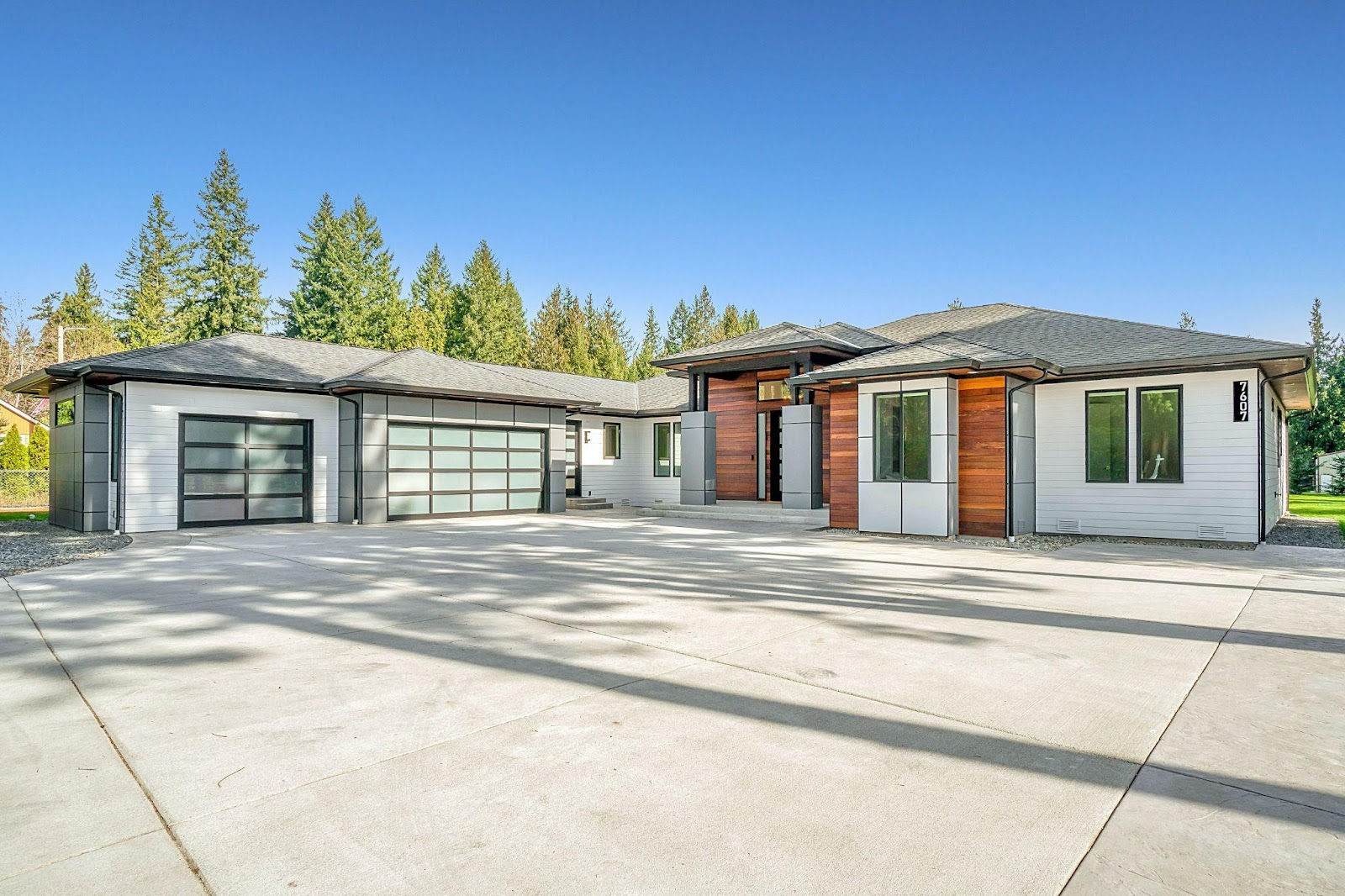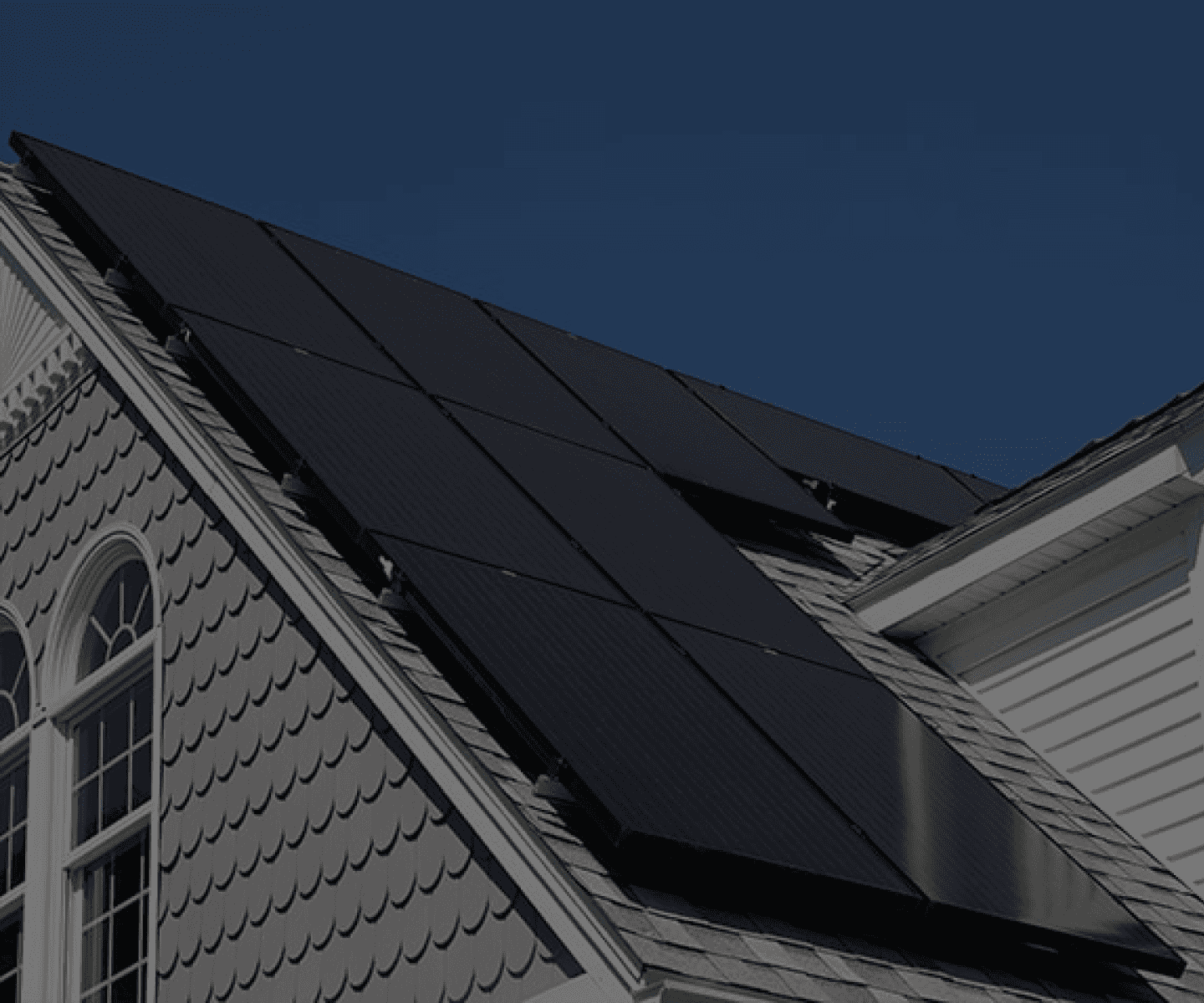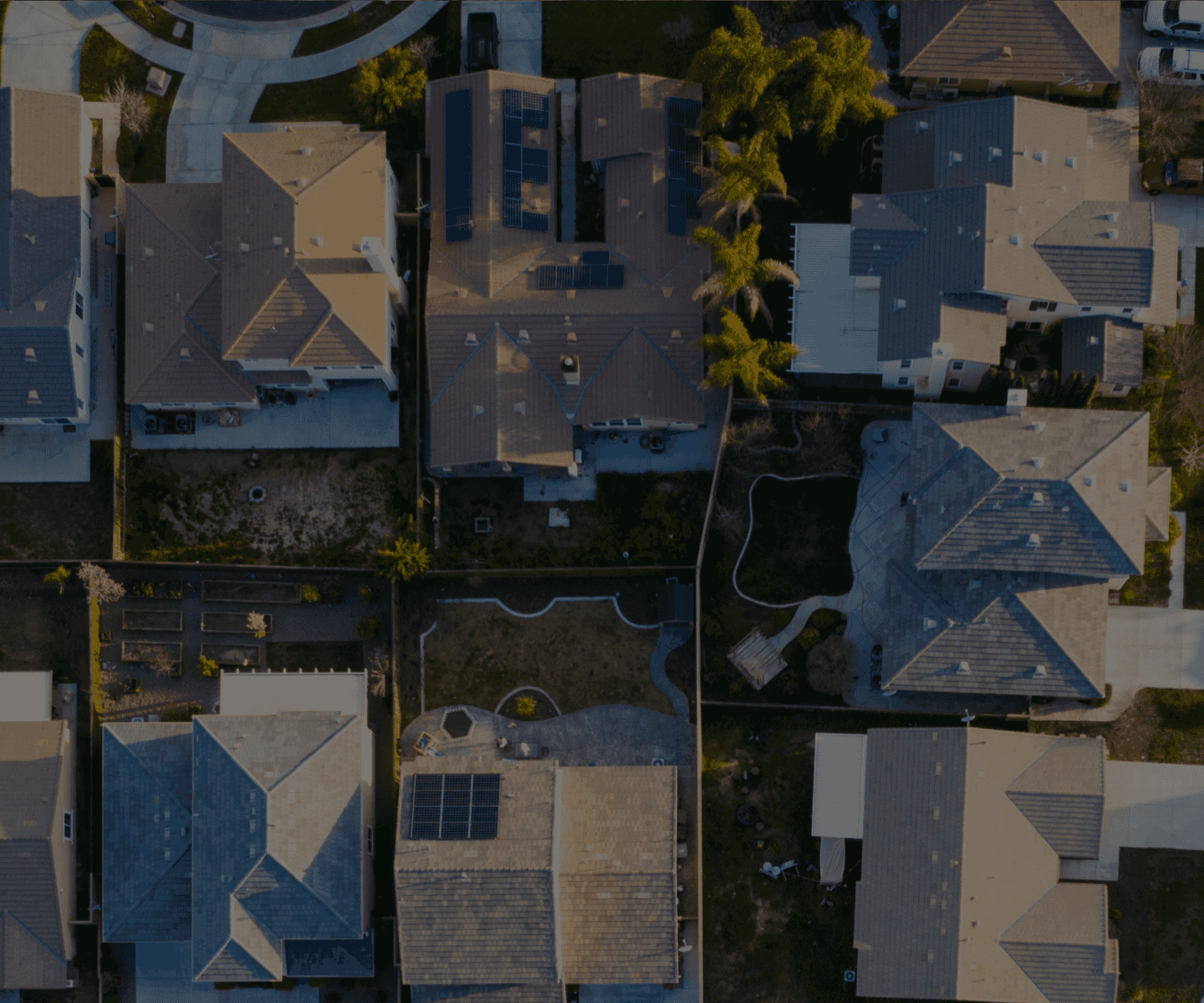Top 5 Energy Efficient Projects For Your Home to Save You Money

There's no denying that we're big advocates for solar panels! Solar is an impactful home improvement project that enables you to be more energy efficient and save you money on your electric bill.
Curious about other ways to make your home more energy efficient for a modest investment? Keep reading for 5 home upgrades to save you money in the long run.
1. Perform Routine Window Maintenance

Although a window replacement is a great way to solidify the energy efficiency of your home, the cost versus benefit may not be worth it for some homeowners, as a full-scale window project can end up being rather pricey.
The good news is that there are some much more simple measures you can take to ensure the airtightness of your windows. Some examples include:
- Installing exterior storm windows to serve as an initial line of defense against inclement weather
- Adding insert replacement windows to effectively seal drafts and filter some UV rays
- Applying window trim to the outside of the window frames to shore up any imperfections in the transition between the wall and window frame
- Using a silicone-based sealant to remedy any visible cracks or crevices around the windows
Each of these projects can be performed in a few hours or less and can achieve energy savings similar to that of a full-scale window replacement.
2. Install a Radiant Floor Heating System

Radiant floor heating systems are quickly becoming a favorite among homeowners who have their eye on energy efficiency. Forced air heating systems experience parasitic heat loss and require air to be heated to very high temperatures to raise the temperature of the room slightly. However, radiant floor systems directly heat the point of contact — slowly and consistently releasing heat throughout the day, resulting in less energy consumption overall.
To further leverage the benefits of this innovative system, consider the benefits of a radiant floor heating thermostat. Homeowners can gain unprecedented control of the temperature of their home while away, greatly reducing wasted heat and lowering energy costs in the process.
3. Add Low-Flow Showerheads to Your Shower
Low-flow showerheads have the dual benefit of conserving water and reducing electricity costs. By choosing a showerhead that reduces water flow from 5 gallons per minute (gpm) to 2.5 gpm, hot water consumption is effectively cut in half. Some simple math to how this adds up in savings:
- The average shower uses roughly 17 gallons of water
- It costs about $.02 per gallon to heat water
- So the cost of an average heated shower is $.34
- For a family of 4 showering daily, that equates to $1.36 per day, $40.80 per month, and $496.40 per year
Theoretically, cutting the water flow during shower time in half could save homeowners $248.20 per year in water heating costs. While these figures aren’t exact (you may have to take a longer shower when flow is decreased), it is pretty clear that the simple measure of adding a low-flow showerhead has the potential to significantly reduce energy costs when used consistently over time.
4. Replace the Carpet With Hard Flooring Options
Carpet is one of the least desirable flooring options for a number of reasons. For example, it is known to collect pet dander, dust, and other allergens. It also stains easily. To stay on top of these issues, homeowners must regularly vacuum and shampoo carpets.
Consider switching to hard flooring options, such as polished concrete or engineered hardwood, that can be maintained with a broom and wet mop. While running the vacuum or shampooer may not break the bank in a single use, the costs can add up over time, especially in those instances where you’d need to call a cleaning professional.
5. Create High-Quality Functional Exterior Space

One underrated way of limiting energy consumption is by creating exterior spaces, such as patios and decks, that are desirable to spend time in. By regularly leaving the house and enjoying the great outdoors, homeowners can reduce their dependence on artificial light, heating and air conditioning.
However, exterior spaces offer no value if they do not provide comfort, or if it costs just as much to maintain them as it does to condition interior areas of your home. Therefore, look at adding a louvered pergola to exterior spaces as a means of shading and climate control, planting shrubs for additional shade and privacy, or installing landscape drains to make sure that exterior areas are not compromised by standing water.
Closing Thoughts
Although going solar is one of the most powerful steps a homeowner can take to create an energy efficient home, there are a myriad other projects that can improve energy efficiency and save you more money over time. Performing routine window maintenance, using radiant floor heating, adding low-flow showerheads, replacing the carpet, and creating functional exterior spaces are just a few of many home upgrades that can benefit you down the line.






